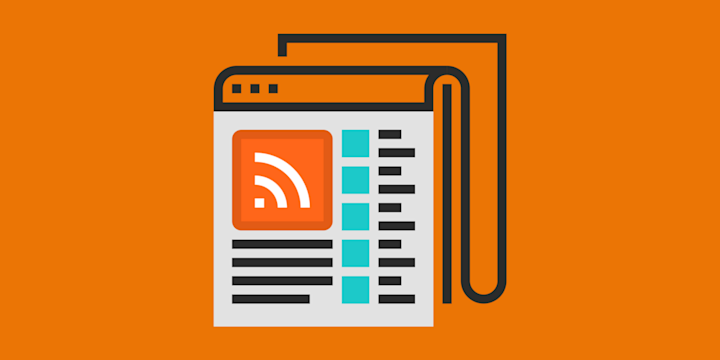The RSS feed, in one version or another, has been around for almost twenty years. One reason for its longevity is right there in one variation of its acronym: “Really Simple Syndication.” There’s no simpler way to extract the useful information from a website in a standardized, machine-readable way.
That’s why we recently decided to make it easy to add an RSS feed to a service as IFTTT as a new trigger. It’s not only a quick way to add new functionality to an existing service (with no engineering resources required!), it’s also now possible to build and publish an entire service on IFTTT that runs on RSS.
Here’s a few ways you might want to take advantage of this new capability:
1. Add your blog to your service
Give your users more ways to stay on top of new product lines, promotions, partnerships, and anything else you’d like them to know about. Plug your blog into your IFTTT service and you’ll have new ways to bring your content marketing to life. Your users can help spread the word by automatically sharing your new posts on Facebook and Twitter, or they can set up clever alerts like blinking their smart lights when you publish.
2. Build an audience for your connected device before you even ship
Launching a kickstarter or beta for a new device or app that will work with IFTTT? Launch your service early with the RSS for your blog or website. It’ll give people an easy way to stay updated on your progress, and when you do launch you’ll have a built in audience that’s already familiar with your brand, and eager to try out new triggers that work with your device.
3. Create a news or information service — no API needed
We worked with technology expert Stacey Higginbotham to launch the IoT Podcast service on IFTTT. It’s built entirely on RSS, and gives people an easy way to discover, save, and share her Internet of Things expertise.
“I have loved IFTTT for years, and know my audience loves it too. So I jumped at the chance to build connections to make their lives easier. It also lets me experiment with new ways to connect with the audience whether it's a blog post or a podcast episode.” - Stacey Higginbotham

